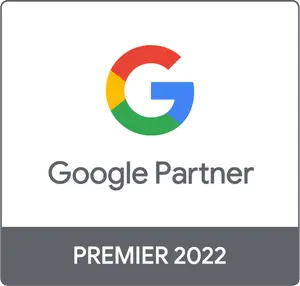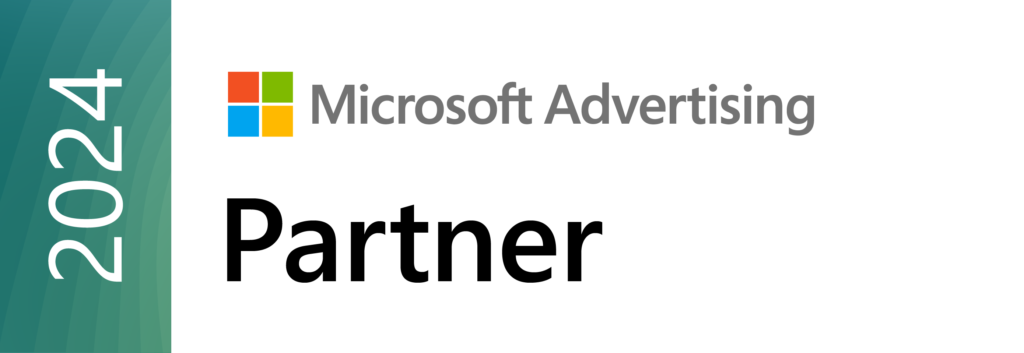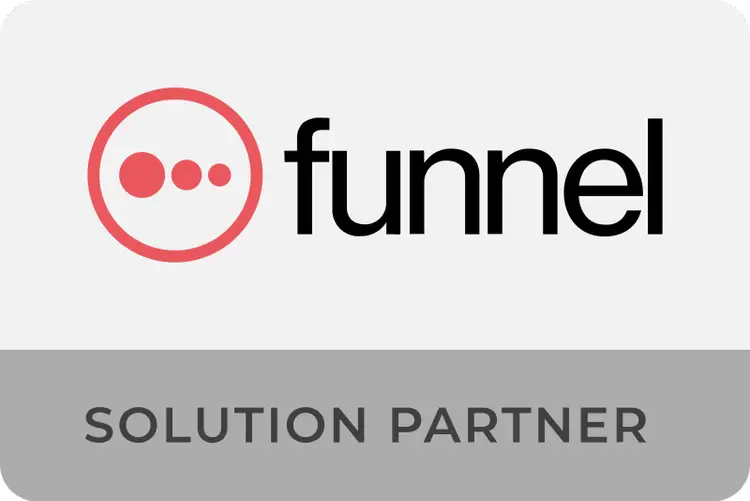The art of briefing. That's how we see it here at PSDigitals.
A briefing is so powerful that it can determine the success or failure of your digital campaign. The briefing is the tool that serves as the foundation for ensuring your strategy and brand are aligned, as well as the single, reliable source of information for everyone involved in the launch.
If you work closely with an agency like ours, it's essential that we understand each other properly.
The purpose of this post is to summarize the most important aspects that every brief should contain from a Performance Marketing perspective.
*Note: A complete brief should also contain specific information for agencies or creative teams, as well as for sales teams, which we won't cover in this post as they are not our expertise. Ideally, create a single comprehensive brief that begins with general campaign information and then breaks it down into specific information for the different departments involved.
1. Campaign objective and CTA
First, we need to know what you want to achieve with the campaign. Traffic to your website or app? Conversions? Brand awareness? Determining the campaign objective is crucial to achieving the results you're looking for. In line with the campaign objective, we also need to be clear about its call to action. What is the desired action you want the user to take? Download? Visit? Register?
Example: Campaign to Promote a Discount from March 15th to April 15th | Objective: Leads | CTA: Get your promo code
2. Roadmap, deadlines and roles
If multiple teams are involved in developing the campaign, establishing a schedule with a clear roadmap is extremely important for working without stress. Writing down who does what and the deadlines allows us to organize ourselves to provide the best possible service.
Example of a Roadmap for a Meta Ads campaign:
-
Lead: name of the campaign's Project Manager
-
Creative brief delivery: date
-
Creative Brief Approval: date
-
Copywriting Landing Page: date
-
Copywriting Ads: date
-
Creative Design for Ads: date
-
Landing Page Design and Development: date
-
Tracking review: date
-
Approval: date
-
Final Editions: date
-
Sending assets to the Paid Media team for configuration: date
-
Release Date: date
-
Completion Date: date
3. Determine which metrics will determine the success of the campaign
Predicting results is relatively simple if we have a history of previous campaigns. If not, determining the expected results in the brief helps manage campaign expectations and better adjust budgets and performance strategies.
4. Identify target and geotarget (in case of physical businesses)
To achieve optimal segmentation and achieve the right impact with the campaign, we need to know as many details as possible about the target audience. For this task, the ideal tool is buyer personas. Sharing this demographic and behavioral data helps the media agency maximize the campaign's return on investment. Furthermore, if the campaign is for physical businesses, we need information about the campaign's operating radius. In the case of educational centers, for example, we would need to know the average number of kilometers students travel to the center to calculate geotargeting.
5. Channels
This section summarizes all the channels involved in the campaign according to the different parts of the sales funnel. This provides a visual overview of the journey the user will follow.
Example:
-
Awareness: Meta Ads, Google Search, Organic Posts, Web Banners, Offline
-
Lead Generation: Website-Specific Landing Page Form
-
Nurturing: email marketing, WhatsApp
-
Retention: email marketing, call
6. Budget
If there is proper annual financial planning, there will already be a budget established for the campaign. The exact amount should be established in the briefing.
7. Assets needed in collaboration with a creative agency
This part of the brief is focused on the agency or creative team. It will specify all the elements required to meet the campaign's needs. The Performance Marketing agency needs access to the final versions of these elements to execute the launch on time.
PRO TIP: To avoid long and confusing email chains, PS recommends using a digital project manager like TrelloThese tools allow the campaign's Project Manager to centralize information and collaboratively track tasks. This way, all stakeholders can view the work completed to date at any time and continue contributing their part.
Launching a digital campaign is a collaborative effort that involves extensive planning, coordination, and good management of information and feedback. The campaign brief is the essential tool for laying the groundwork. Taking the time to define and refine it will bring your campaign closer to success.
PD: No, el brief de campaña nunca debería proceder de la agencia de Performance Marketing ya que nadie mejor que tú conoce tu sector, tus necesidades y tus objetivos de negocio 😉






